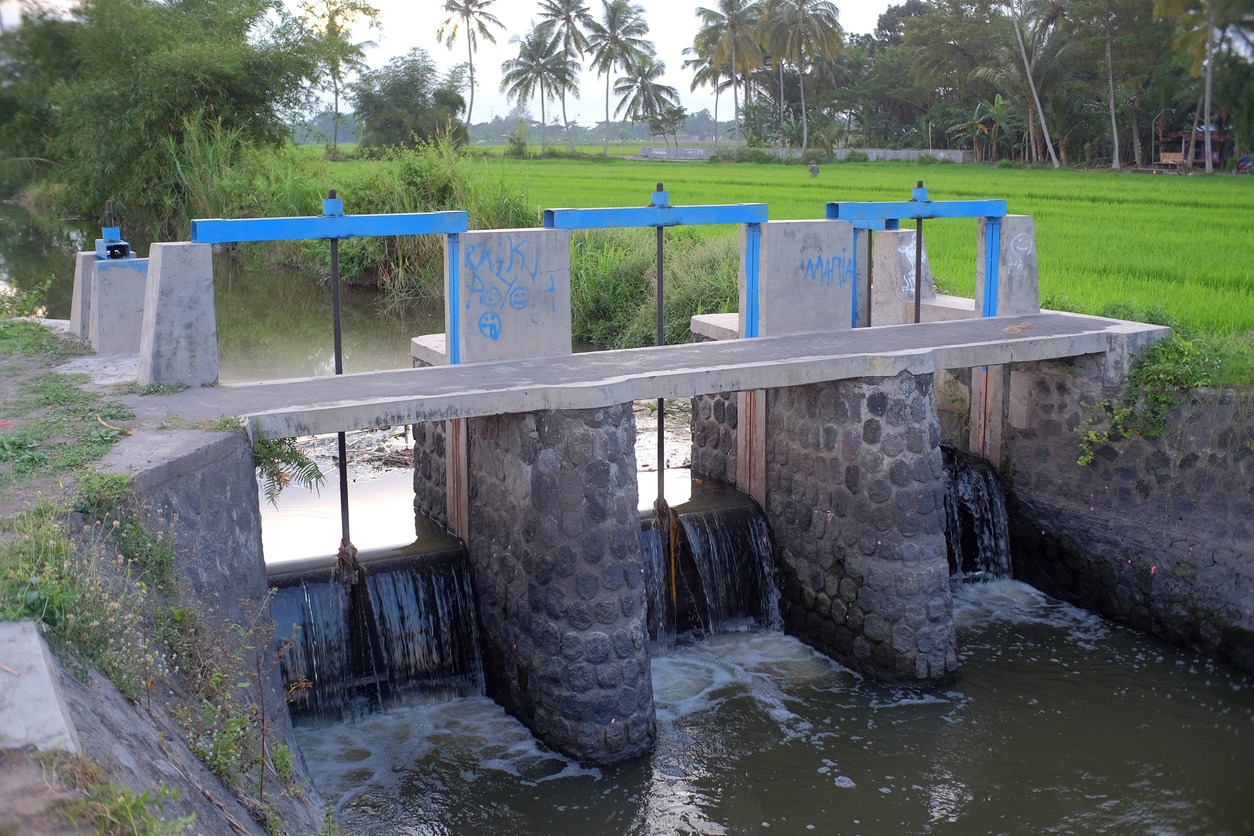Floods have become increasingly common in many parts of the world, causing significant damage to infrastructure and homes, displacement of people, and even loss of lives. As climate change leads to more severe and frequent weather events, the importance of engineering solutions for flood control becomes even more crucial. In this blog post, we will explore some of the ways that engineering can help control floods and build a resilient future in flood-prone areas.
Traditional Flood Control Measures
Historically, the most common approach to flood control was to build dams and levees to control and redirect water flow. While these solutions have been effective to some extent, they also have their limitations, such as the increased risk of flooding downstream and harm to ecosystems. Because of this, the people in charge of managing flood control have had to shift their approach to these issues, looking at innovative techniques and flood control methods and relying on experts in modern engineering for flood control to find new solutions to old problems.
Innovative Engineering Solutions
Engineering solutions for flood control focus on sustainable and nature-based approaches that work in harmony with the environment, reducing the risk of flooding and minimizing environmental impacts. Permeable pavement is a perfect example of a solution designed to allow water to infiltrate the ground, helping to reduce the amount of runoff and the subsequent risk of flooding. This type of pavement is made of porous materials that allow water to pass through it and be absorbed by the soil below. Engineers are also designing buildings that are flood-resistant, elevating structures above flood levels, using waterproof materials, and designing drainage systems that direct water away from buildings to combat the effects of floods.
Integrated Flood Management
Integrated Flood Management (IFM) is a comprehensive approach to flood control that considers the entire river basin, from its source to the estuary, and involves various stakeholders, such as government agencies, NGOs, and local communities. This approach recognizes that floods are not just natural disasters but also a result of human actions, such as urbanization, deforestation, and land-use changes. IFM aims to address the root causes of flooding by improving water governance, land-use planning, and early warning systems. IFM involves the development of multi-sectoral plans that prioritize sustainable solutions for flood control and ensure that these solutions are integrated with other development plans.
Technology for Flood Control
Technology has played an increasingly important role in flood control, enabling more effective and efficient management of flood risk. One key technology is remote sensing, which uses satellites, drones, and other instruments to gather real-time data on rainfall, water levels, and other factors that contribute to flooding. This data is analyzed using computer models, which can simulate water flow and predict flood events with great accuracy, so that early warning systems can be activated, giving authorities and communities time to prepare and respond to potential flood events.
As the world faces the challenges of climate change, it is essential to build a resilient future by developing effective engineering solutions for flood control. Traditional approaches have limitations, and because of this, innovative solutions and integrated approaches are necessary to protect against floods. As technology continues to advance, flood control experts will have more and more tools available to help combat the rising swell of flood waters.

